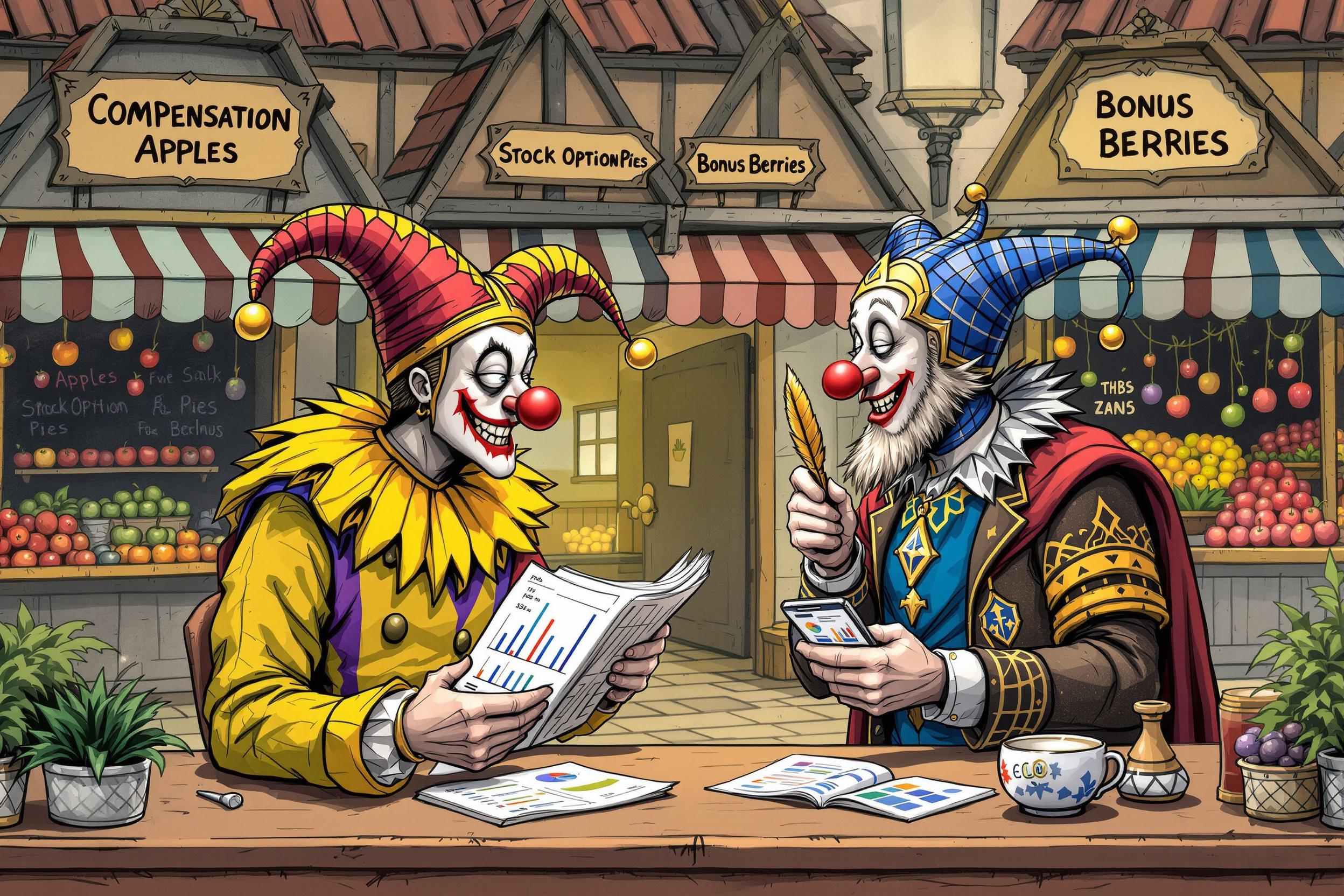
Weight Painting
Weight painting is a technique used in 3D animation that helps control how characters and objects move. Think of it like coloring a digital puppet to tell different parts how much they should bend or stretch. Artists use this tool to make sure when a character moves, their skin, clothes, and other parts move naturally. For example, when an animated character bends their arm, weight painting ensures the skin folds realistically at the elbow without distorting other areas. It's a crucial skill for making animations look smooth and believable, similar to how painters blend colors, but instead of colors, artists are blending movement influences.
Examples in Resumes
Created realistic character deformations using Weight Painting techniques
Improved animation quality through advanced Weight Paint solutions
Applied Weight Painting and Weight Maps to optimize character rigs for game animation
Typical job title: "3D Character Artists"
Also try searching for:
Where to Find 3D Character Artists
Online Communities
Learning Resources
Professional Networks
Example Interview Questions
Senior Level Questions
Q: How would you approach weight painting for a complex character with multiple layers of clothing?
Expected Answer: A senior artist should explain their systematic approach to layering weights, starting from the base mesh to outer garments, and how they ensure natural movement across all layers while avoiding clipping or unrealistic deformations.
Q: Describe a challenging weight painting situation you've solved and how you approached it.
Expected Answer: They should share a specific example demonstrating problem-solving skills, like fixing character deformation issues in extreme poses, and explain their methodology for identifying and resolving complex weighting problems.
Mid Level Questions
Q: What's your process for testing weight painted characters?
Expected Answer: Should describe a thorough testing process including checking different poses, movements, and edge cases to ensure the character deforms correctly in all situations.
Q: How do you approach weight painting for joints like elbows and knees?
Expected Answer: Should explain how they handle common deformation areas, focusing on creating natural-looking bends and avoiding typical issues like mesh collapse or stretching.
Junior Level Questions
Q: What are the basics of weight painting and why is it important?
Expected Answer: Should be able to explain that weight painting determines how much influence each bone has on the character's mesh, and why this is crucial for smooth, realistic animation.
Q: What tools do you use for weight painting and what are their basic functions?
Expected Answer: Should demonstrate familiarity with common weight painting tools in standard 3D software, understanding of gradient tools, and smooth/sharp brushes.
Experience Level Indicators
Junior (0-2 years)
- Basic understanding of character deformation
- Simple weight painting for basic character rigs
- Knowledge of primary 3D software tools
- Basic anatomy understanding
Mid (2-5 years)
- Complex character weight painting
- Multiple layer weight management
- Efficient weight correction techniques
- Understanding of various animation requirements
Senior (5+ years)
- Advanced deformation problem-solving
- Pipeline optimization for weight painting
- Team leadership and workflow development
- Complex character setup oversight
Red Flags to Watch For
- No understanding of basic anatomy
- Lack of knowledge about character deformation principles
- No experience with industry-standard 3D software
- Unable to explain the relationship between rigging and weight painting
Need more hiring wisdom? Check these out...

Refining Job Descriptions to Expand Applicant Pools: Casting a Wider Talent Net

Unlocking Team Potential: Personality Mapping for Dynamic Management

The Hidden Art of Salary Negotiation: How to Win Hearts Without Going Broke

